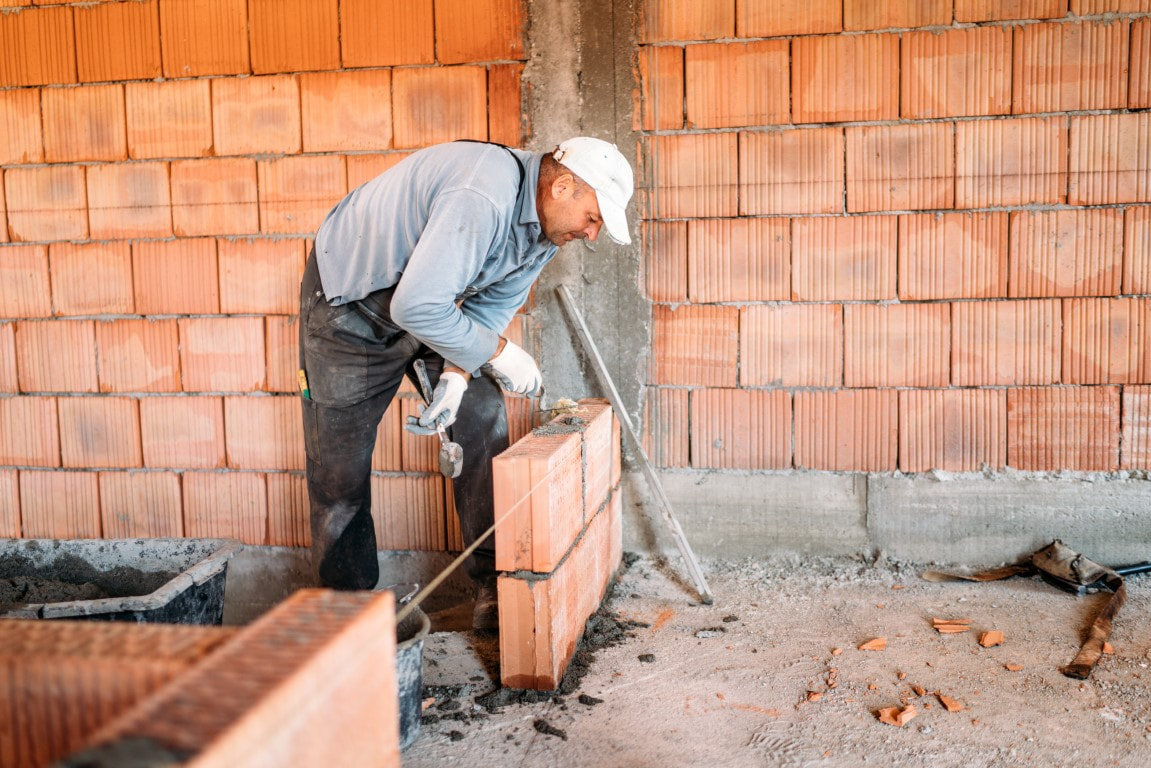Quality Paver Installation Services to Transform Your Outdoor Space
Quality Paver Installation Services to Transform Your Outdoor Space
Blog Article
Opening the Secrets of Sustainable Masonry Construction Practices for Eco-Friendly Structures
Amongst the myriad strategies to environment-friendly building, lasting stonework building stands out as a reliable and long lasting approach that holds a wide range of untapped possibility. From the choice of products to ingenious building techniques, the keys to attaining sustainability within stonework construction are diverse and interesting.
Advantages of Sustainable Masonry Building
Welcoming sustainable masonry construction techniques not only lowers environmental impact but additionally provides lasting economic benefits to home builders and communities. By making use of products like recycled blocks, blocks, and stones, contractors can dramatically decrease the carbon footprint of their projects while advertising resource performance. In addition, lasting stonework building methods, such as proper insulation and thermal mass homes, can enhance power effectiveness within structures, leading to reduced functional prices over time.
In addition, the durability and durability of masonry frameworks add to long-term economic benefits. Structures created making use of lasting stonework practices usually call for less maintenance and repair service, equating to cost savings for home builders and homeowner. The durability of stonework materials additionally ensures that frameworks continue to be steady and safe, reducing the need for frequent improvements or replacements.
Eco-Friendly Masonry Products
Making use of environmentally friendly stonework materials is an essential step in the direction of enhancing the sustainability of building and construction practices and minimizing ecological effect while taking full advantage of long-term economic advantages. Sustainable stonework materials are sourced, produced, and made use of in a way that minimizes total ecological impact. Lasting concrete obstructs integrate recycled aggregates and might feature enhanced insulation properties, contributing to energy performance in buildings.
Moreover, all-natural materials like adobe, rammed earth, and straw bales supply superb thermal mass properties, reducing the need for heating and cooling energy. These materials are commonly in your area readily available, advertising local economies and reducing transportation-related carbon emissions. By choosing green stonework products, building and construction tasks can dramatically lower their ecological impact and contribute to the creation of healthier, more sustainable developed atmospheres.
Energy-Efficient Stonework Methods
Power efficiency plays a crucial function in enhancing the sustainability of stonework construction techniques. One crucial energy-efficient masonry strategy is the use of thermal mass, which entails integrating dense materials like concrete or brick right into the building's framework to absorb and keep heat.

Innovations in Lasting Masonry
Current improvements in sustainable masonry practices have actually produced cutting-edge techniques that are reshaping the building and construction industry. One such technology is the development of self-healing concrete, cheap car dealerships which utilizes germs installed within the concrete to heal fractures autonomously. This advancement not only reduces maintenance prices but also improves the toughness of masonry structures, adding to their sustainability.
Another significant advancement is the use of recycled aggregates in masonry construction - masonry contractor. By including products such as crushed ceramic waste or recycled glass right into concrete mixes, builders can reduce the environmental influence of building and construction tasks while preserving architectural stability. This practice not only draws away waste blog from garbage dumps but also preserves all-natural resources, making it a crucial innovation in lasting masonry construction
Furthermore, the integration of electronic design devices, such as Building Information Modeling (BIM), is revolutionizing the way masonry structures are prepared and built. BIM permits more specific computations, lowered material wastefulness, and enhanced power efficiency, inevitably leading to even more lasting building techniques. These innovations jointly symbolize an appealing future for sustainable stonework building in the period of environment-friendly buildings.
Future Trends in Stonework Sustainability
With the ingenious strides made in sustainable stonework practices, the future fads in masonry sustainability are poised to more reinvent the construction sector. Among the key patterns shaping the future of stonework sustainability is the boosted integration of technology. Improvements such as Structure Details Modeling (BIM) and virtual reality simulations are being used to enhance stonework building and construction procedures, leading to decreased material waste and enhanced power performance in structures.
In addition, the development of novel sustainable materials is set to play a significant role in improving the eco-friendliness of masonry building. masonry contractor. Advancements like self-healing concrete, recycled accumulations, and bio-based binders are getting grip for their capability to lessen ecological effect while preserving structural stability

Conclusion
Finally, sustainable stonework building practices supply many benefits for eco-friendly structures. By using eco-friendly products and energy-efficient techniques, stonework can add to an extra sustainable built setting. Developments in sustainable stonework are continuously being established to further boost the environmental efficiency of buildings. Looking towards the future, the fad of masonry sustainability is anticipated to expand, causing even more eco-friendly and energy-efficient construction methods in the years ahead.
Report this page